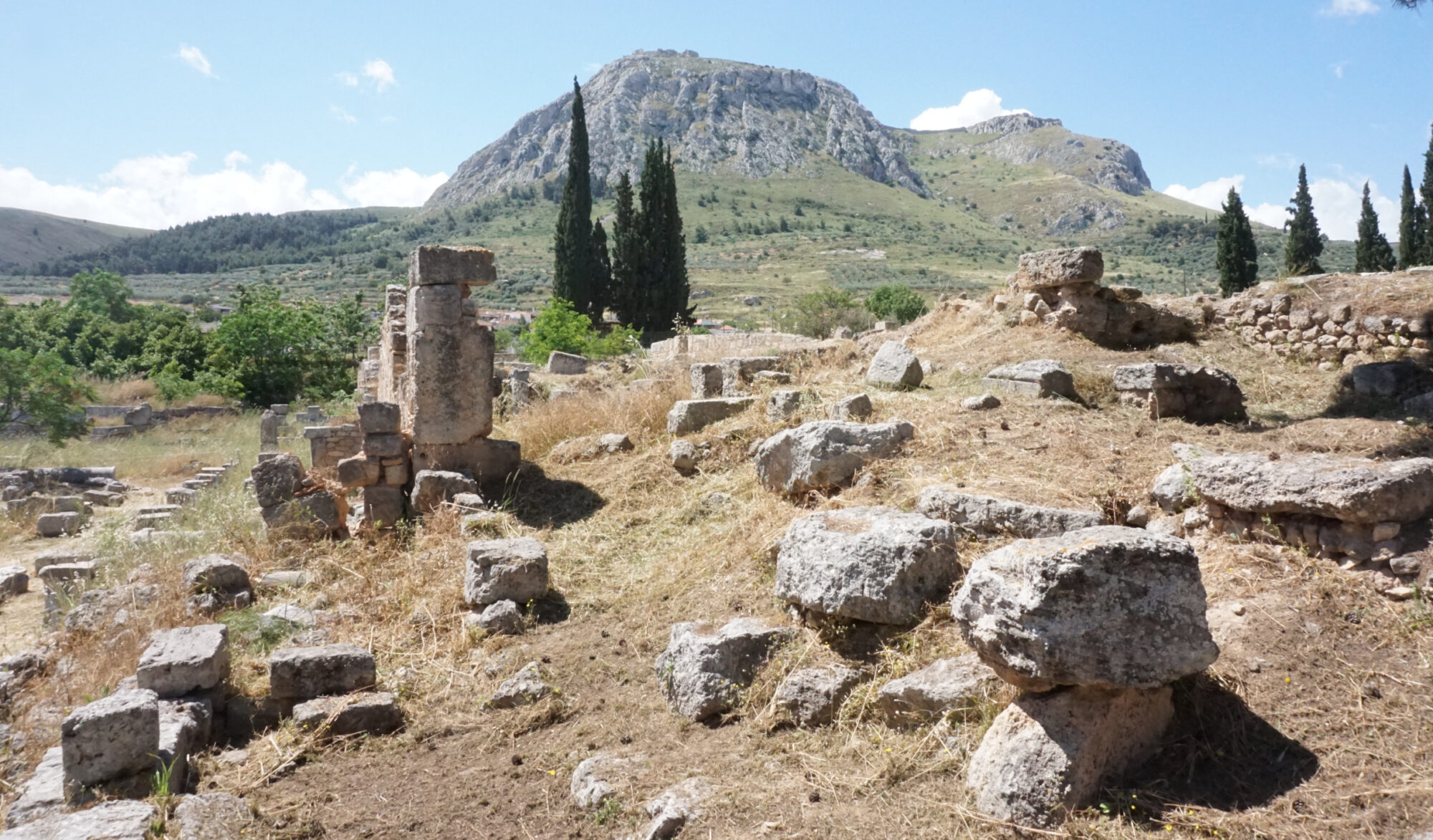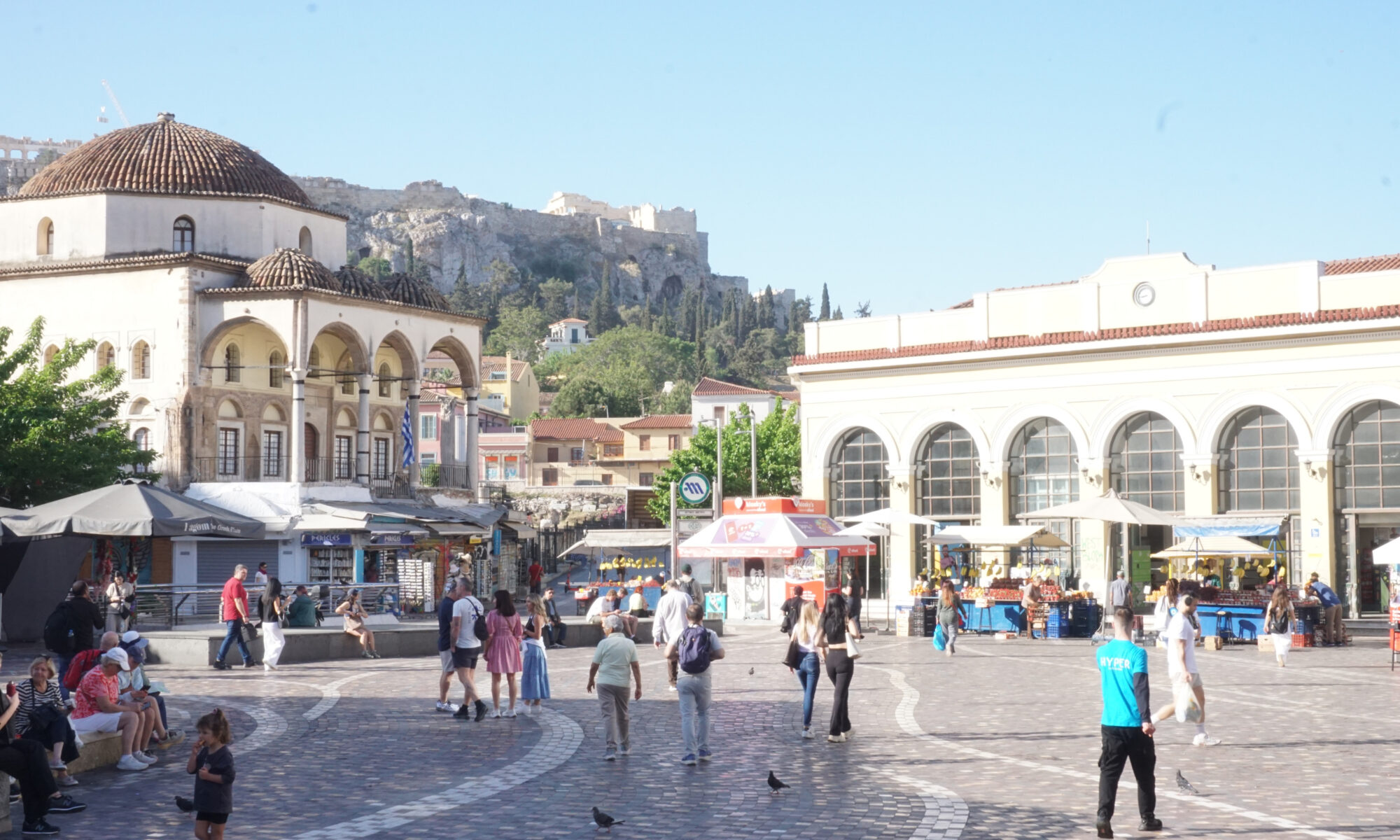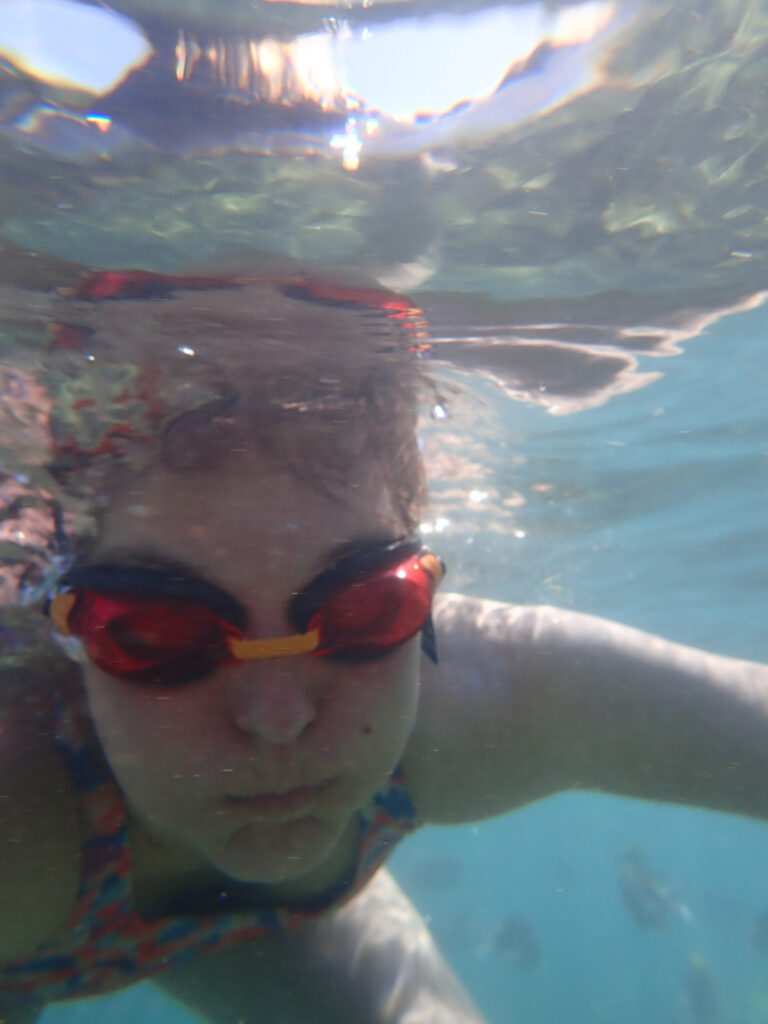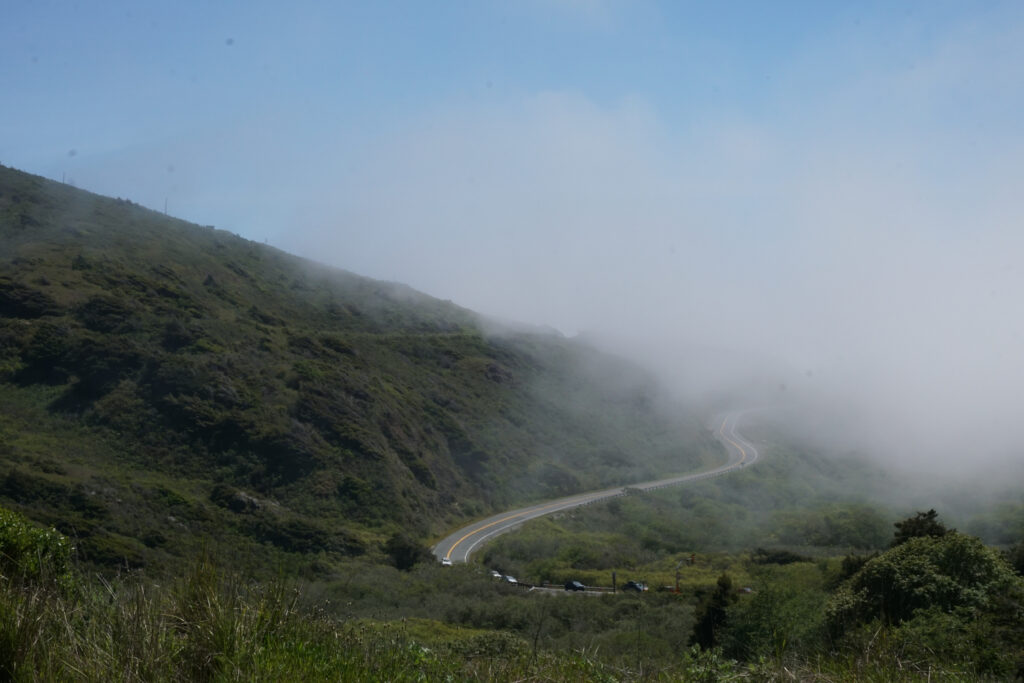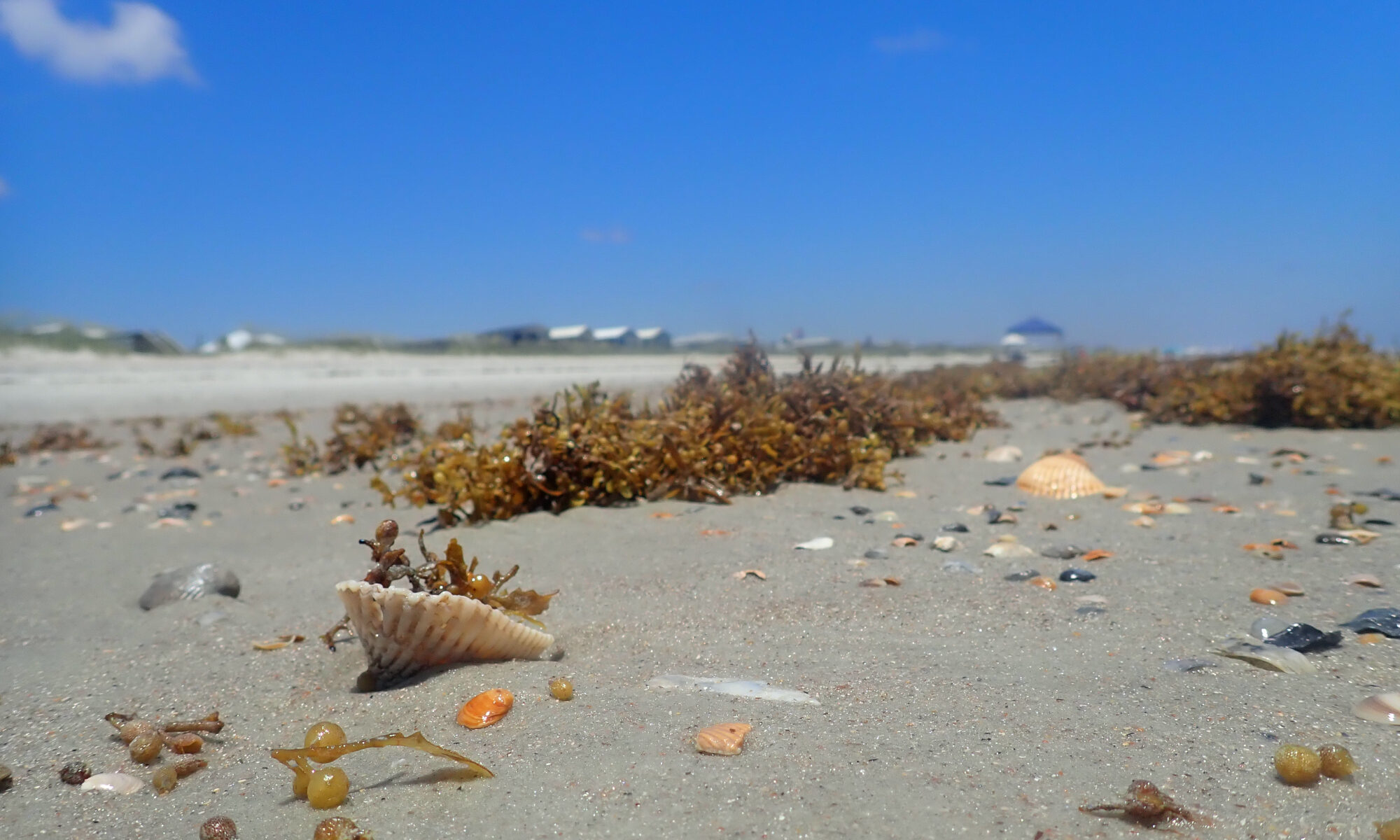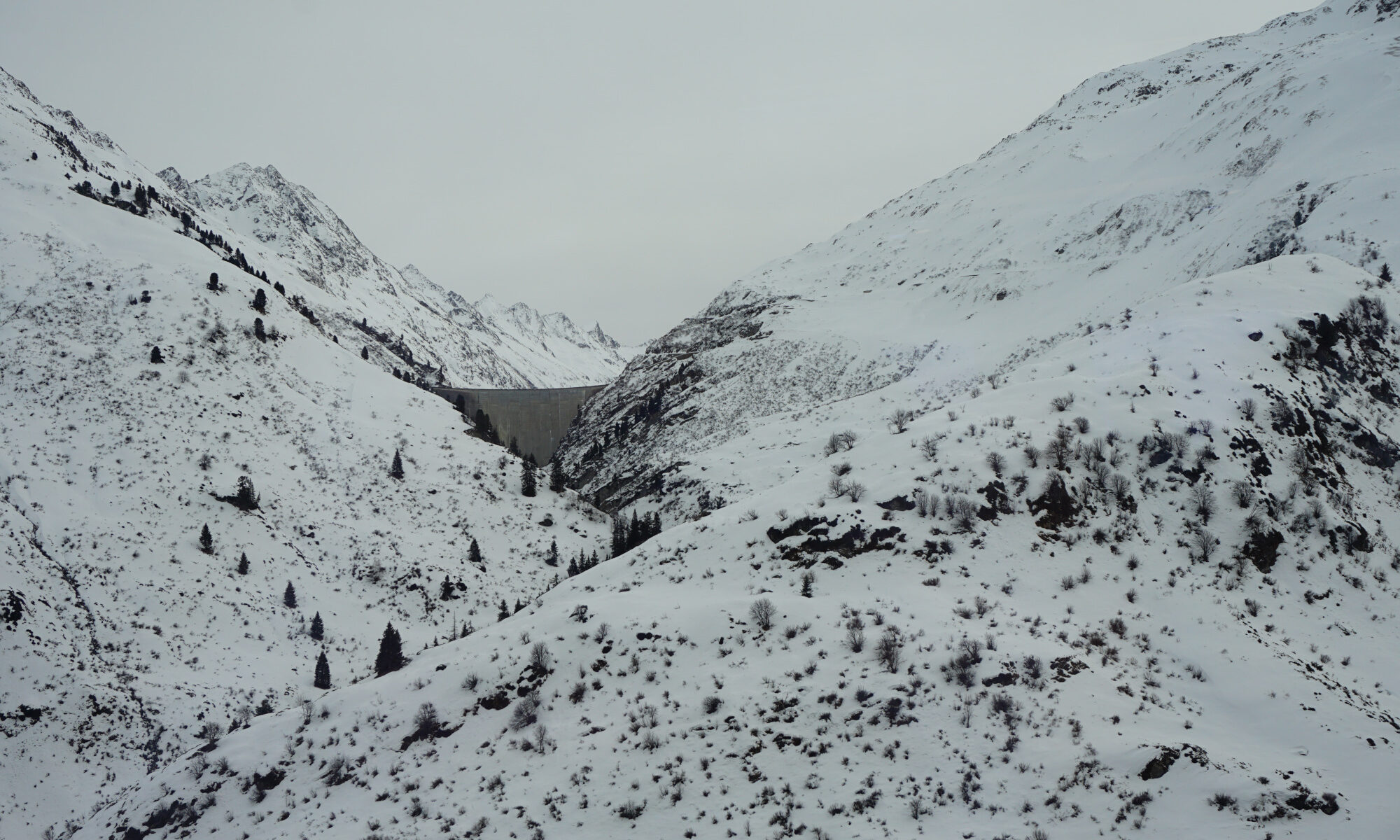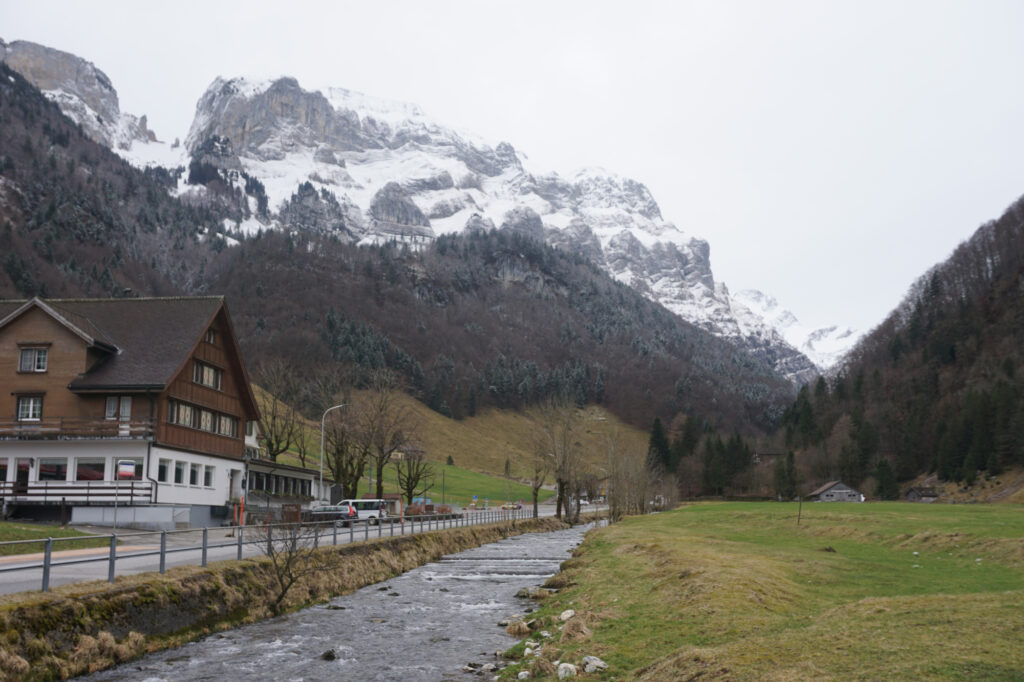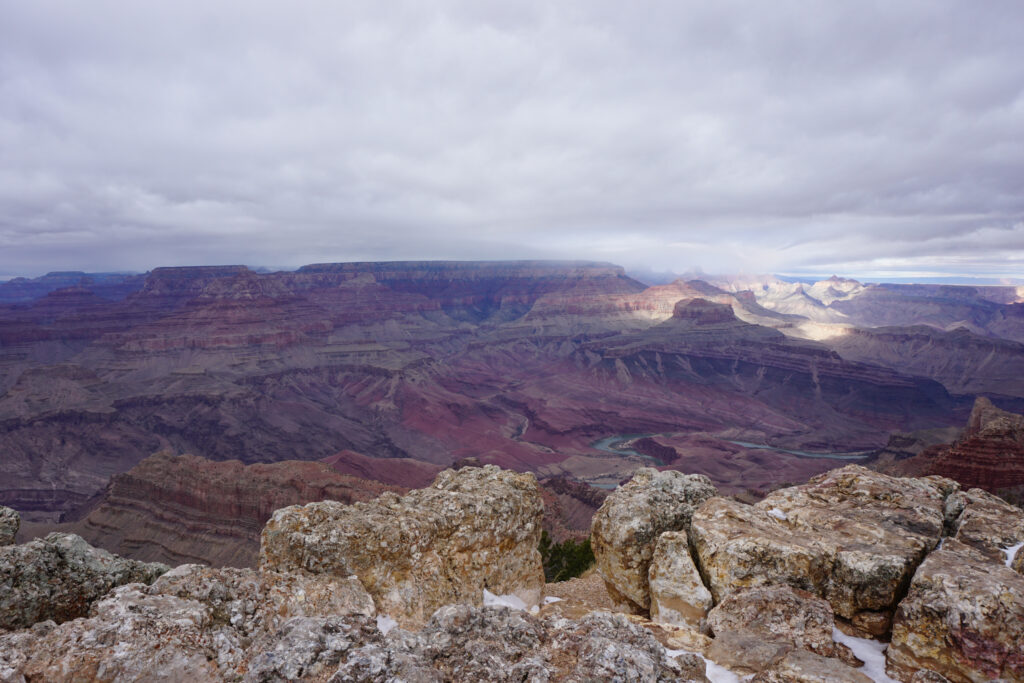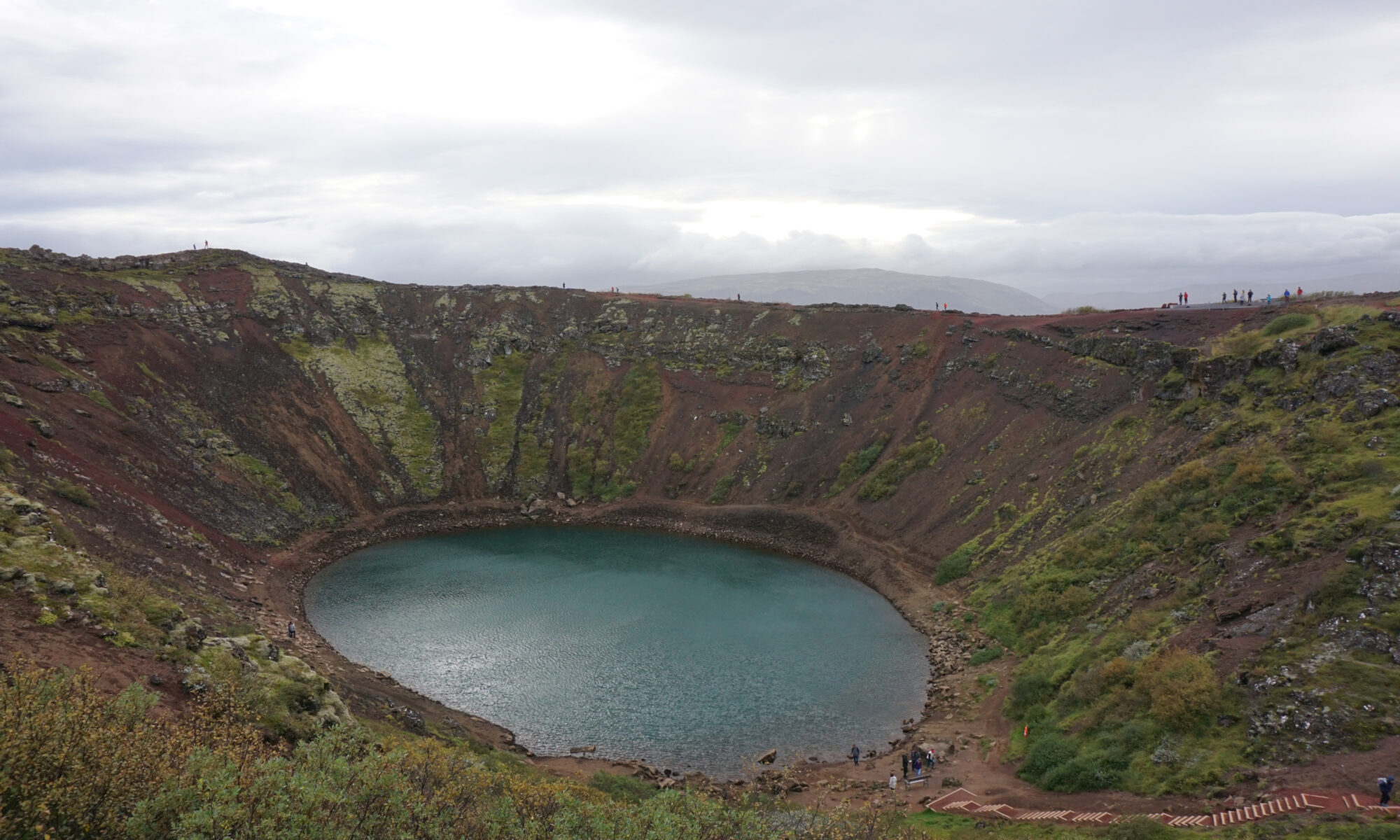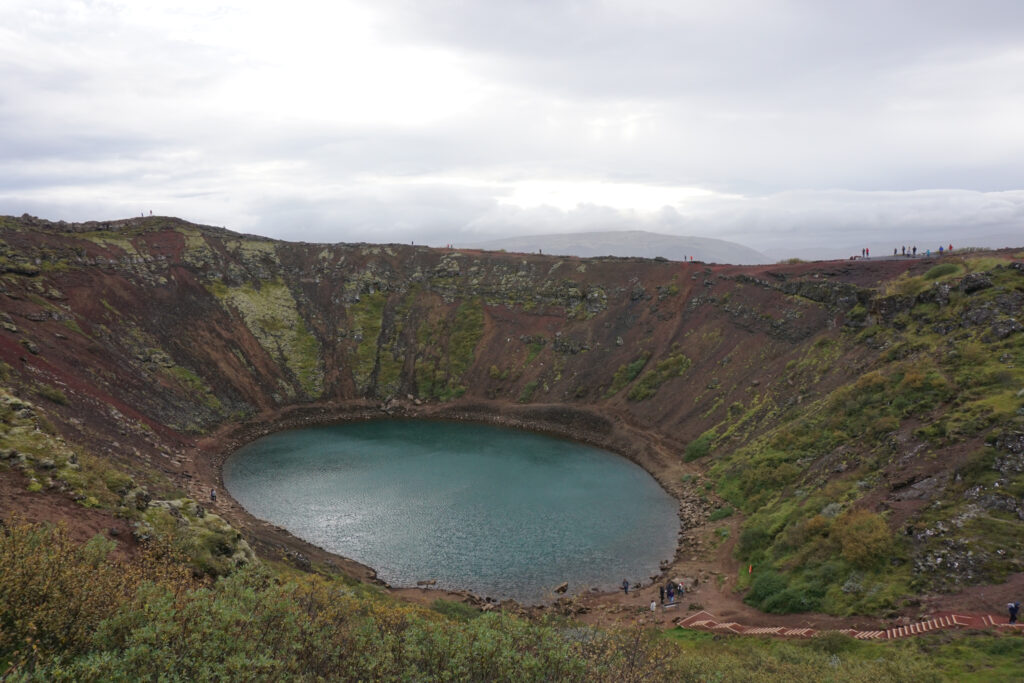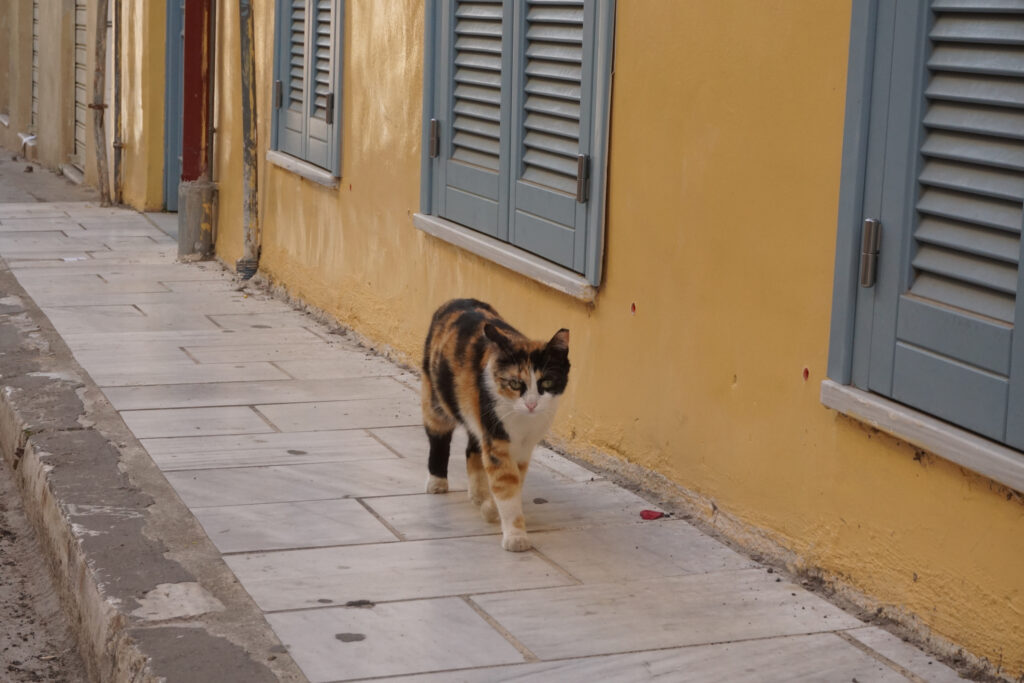
1 Peter 1:20–21 (ESV)—[Christ] was foreknown before the foundation of the world but was made manifest in the last times for the sake of you who through him are believers in God, who raised him from the dead and gave him glory, so that your faith and hope are in God.
I can personally attest, Athenian sidewalks enjoy tripping tourists. Marble pedestrian concourses laugh as sandal-wearing tourists pitch forward. Tile sidewalks buckle for the thrill of watching visitors stub their toes. Even better, cobbled walkways dole out laughter:
The rain began while my husband and I left the jazz club to search for gelato. We stepped with care, reaching the slightest decline in elevation. My husband slipped, arms flailing, but stayed upright. I laughed, of course, and slowed my pace…only to lose my foothold and land on my butt.
Like the sidewalks of Athens, God’s path includes trials that pitch us into harmful circumstances or cause us a world of pain. Peter’s message to “elect” followers of Jesus told much the same story, with an added bonus: faith has an inexplicable power to produce laughter in the rain.
Such a foothold of faith induces rejoicing that aids us in harmful circumstances. This allows God’s abundant peace and grace to flow through us, and through these he supports us.
Indeed, our faith in him allows us to stand even when we fall on our butts. In fact, when butts hit the ground, our response of laughing in the rain cements our faith and strengthens our hope in the living God.
